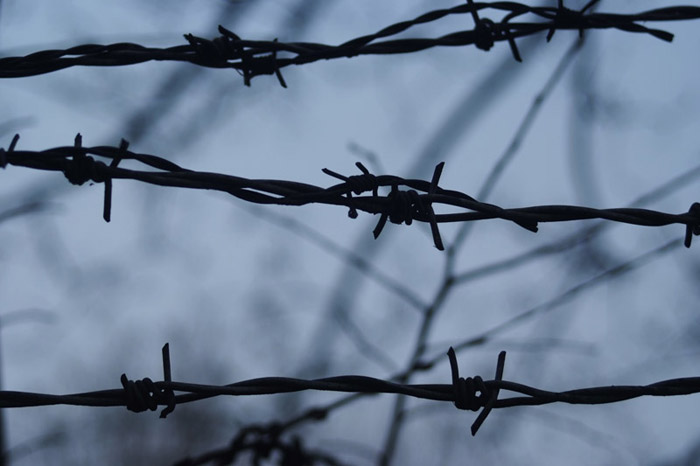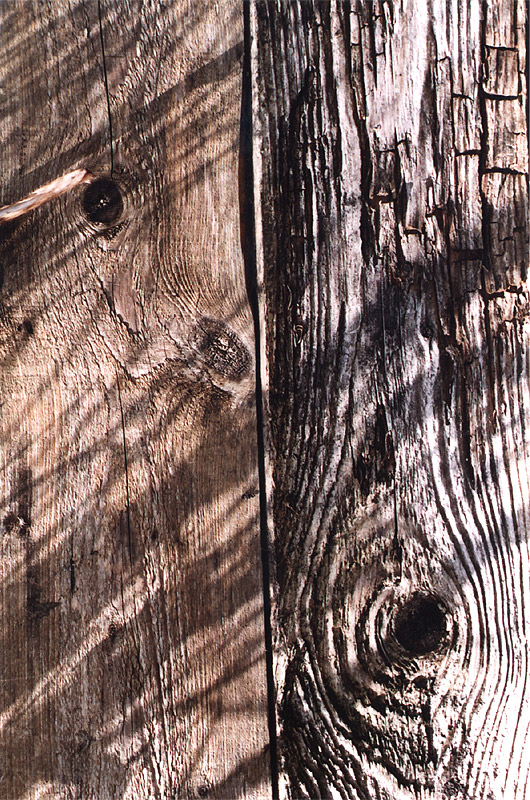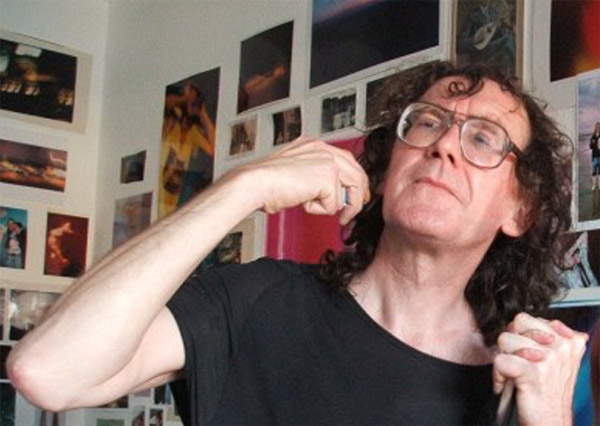An appreciation of Colin Serjent’s photography by Sandra Gibson.
Colin Serjent worked for twenty years as Nerve art director and photographer. As well as writing reviews himself, he commissioned other Merseyside-based people to do so. This art background expresses itself in his photography, which shows influences of Western artists1 and popular culture as well as a deliberate tendency towards abstraction. He was also involved in various exhibitions2 locally in the UK, in the US and in Europe.
As a photographer Colin Serjent favoured a directness of approach in his visual responses and his composition comes from the photographer/artist’s skill of framing scenes and objets trouves rather than as the result of manual intervention. Thus, discarded surface clutter, the surplus of our capitalist culture of waste, is creatively transposed into texturally and colourfully rich still life studies.
“None of my photographs are produced through manipulation. All of my photographs are non-digital. I basically use a Nikon 801 with varying types of lenses, compose and take a photograph and that’s it.”
“I possess a strong sense of keeping my images, in a sense, pure. What I see through the viewfinder is ultimately what I want printed, framed and exhibited.”
Whilst all too aware of the immersive built environment, Colin Serjent was very interested in environmental issues and the interaction of humankind with nature.
In Which Side of the Wire,3 a statement of intent written for Nerve in 2017, Colin expressed his realistic and unsentimental attitude4 towards the natural environment in opposition to the allegation of elitism with regard to nature photography.

One journalist commented that many nature photographers are guilty of elitism, (maintaining) any photograph showing the ‘hand of man’ does not qualify as ‘nature photography’.
I argue strongly that this is not the case.”
Colin wanted to extend the realm of nature photography to include the ‘hand of man’ and part of his 2017 statement had announced a project about the symbolic relationship between barbed wire and nature, though he had already addressed containment and exploitation of the environment in earlier work. ‘Nature’s Way’5 addresses the human impact on the natural world. The hacking of a tree branch is man’s way and although there is a sense of longevity in the concentric age lines, the right-hand side of this diptych is shadowy and elegiac – is that a row of trees growing or not? Will there be continuity or prolonged hacking? Such ambiguity is a pervasive feature of Colin’s work, often enhanced by the tendency towards abstraction. The lovely shots of silhouetted branches against a blue sky are easy to discern but sometimes blurring, reflective surfaces, layering, complexity and lack of scale and context confuse the mind. Images exhibited in the Migration exhibition 2008/9,6 such as a pile of domestic rubble that might also be a larger landscape, or a multi-layered “frottage” that could be the night sky torn by a predatory plane over a desert, exemplify this. It isn’t ambiguity for ambiguity’s sake – these works are not just aesthetically satisfying; they contain an experiential power. They convey a sense of unease that things are not what they seem and the viewer thus experiences the insecurity of perception that happens to anyone – especially a migrant – unsure of their ground.

And Colin Serjent makes an aesthetic challenge. The photographs of barbed wire against the blue sky are as beautiful as those containing the pervasive tree branches and this links him to war artists such as Dix and Nash who found aesthetic beauty in the landscape of destruction.
In approaching abstraction Colin has de-emphasised the figurative. A perusal of his work since 20057 will reveal that although the human form does appear, usually as a face sometimes configured from disparate elements in a composition, it is in a minor proportion to the whole oeuvre. This has not removed the human effect, though. In a sense that impact is emphasised – it casts a shadow; it creates uncertainty and tension without there being an overly didactic “message”. Indeed, the subject matter used comes as much from the artefacts of manufacture as from the natural world.
But is there a message? I think so.
By challenging our perception of the nature of external reality Colin Serjent makes us question our judgment and entertain the notion that there are other views, simultaneous experiences, alternative interpretations – surely a worthy endeavour for our hard-edged times. But he goes further than the here and now of our present condition; the images he presents evoke bigger issues whilst at the same time acknowledging the bright artificial colours of our graffiti laden culture. We are never far away from imagery which suggests vast distances and geological striations and forces bigger than humankind, at the same time that we might be looking at peeling bark or part of an airfield. Who knows? No-one, because the point is that the analytical mind that wants absolute certainty is constantly challenged by flux and possibility and non-duality. And this is what requires constant acknowledgement, because the forces of Fascism require the adamant mind of fixated obsession.
So thank you Colin for your sustained contribution to sanity.
References:
- such as Christo, Terry Frost, Otto Dix, Paul Nash and Georges Braque
- Colin staged and has been involved in various exhibitions in this country and abroad:
Savannah, Georgia, USA (AT Hun Gallery)
Brussels (in an exhibition organised by Liverpool & Manchester Design Initiative)
Gottingen, near Cologne (in collaboration with Blackthorn Galleries, Birkenhead)
2002 Liverpool Arts Biennial (Independent Section) – solo show at the 3345 bar
Other shows include The View Gallery; John Moores School of Art & Design department; Southport Arts Centre; Jump Ship Rat Gallery; The Atrium; Liver Building; Blundell Street Gallery; Unity Theatre; Calderstones Park; Ktisis Gallery. - Which Side of the Wire, Nerve 2017
- Recent photographs from 2021 show autumnal leaves decaying or pest-damaged, for example.
- ‘Nature’s Way’: a photograph from Colin’s But Not That exhibition at the Unity Theatre, 2009.
- In 2008-9 Colin curated (with Sue Milburn) Migration – an exhibition presented by Novas Arts and Red Spot Exhibitions Ltd in which he also exhibited some of his own work.
- Websites:
www.artinliverpool.com
For Colin Serjent’s archive: www.abstractway.co.uk









